
 |
|
|
Looking Ahead
Volume 60 Number 8 Date 06/11/2015 EUROPEAN CORN BORER - The most advanced corn is now susceptible to infestation by first-generation corn borers. Leaf feeding and small larvae were observed during the past week on 2-6% of plants in Dane, Jackson, La Crosse, Monroe and Sauk counties. Early signs of damage, including leaf pinholes and shotholes, should be noticeable in southern and central Wisconsin fields in the week ahead. TRUE ARMYWORM - Surveys indicate larval populations in corn remain below economically significant levels, but continued scouting for localized infestations is recommended. Some fields have an abundance of grassy weeds favorable for armyworm development and late herbicide treatments at these sites could force the larvae from the grasses onto corn plants. EASTERN TENT CATERPILLAR - Pupation has begun in advanced areas of southern Wisconsin. The first moths may begin appearing at lights and in black light traps in the next two weeks. SOYBEAN APHID - Early colonies were observed for the first time this season on June 1 in La Crosse County. Surveys this week detected aphids in only four of 67 fields sampled. Densities were low and ranged from 1-32 per infested plant on 1-6% of plants. The aphids were found in Juneau and La Crosse counties. POTATO LEAFHOPPER - Nymphs are appearing in alfalfa. Counts of this stage and the adults are still below the economic threshold of one per sweep in 8- to 11-inch fields and two per sweep for alfalfa 12 inches or taller, though reproduction could increase abruptly in response to warm June weather. Regular sampling of second-crop alfalfa is advised. STALK BORER - Migration of stalk borer larvae from grasses and broadleaf weed hosts into corn is expected to accelerate next week. Spot treatment may be warranted for fields that show 5% of plants with leaf feeding. Damage should become pronounced by late June or early July. WESTERN BEAN CUTWORM - Pheromone traps are now being set in preparation for the annual moth flight. Participants in the western bean cutworm monitoring program are reminded to begin reporting counts to Tracy Schilder at tracy.schilder@wisconsin.gov by June 17 and each Wednesday during the 10-week trapping survey. -- Krista Hamilton, DATCP Entomologist 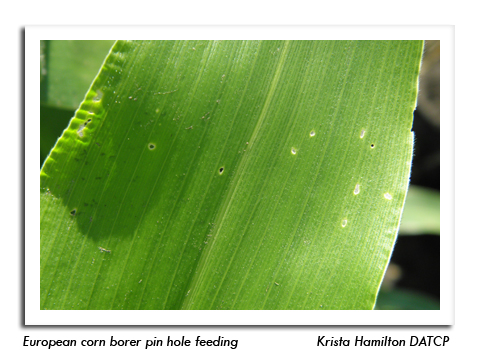
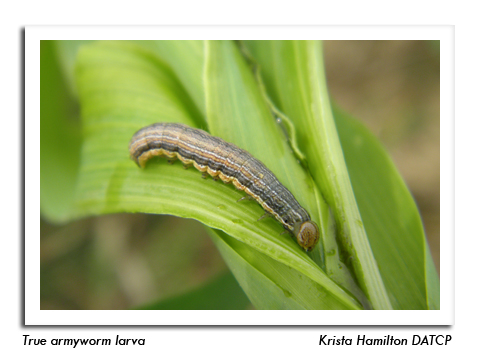
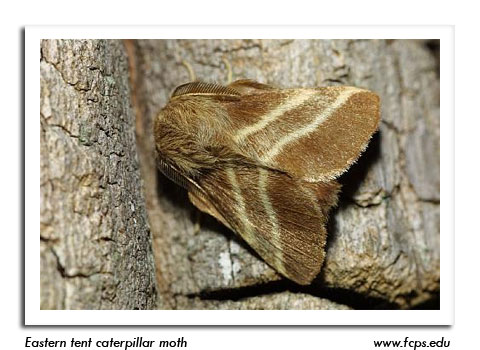
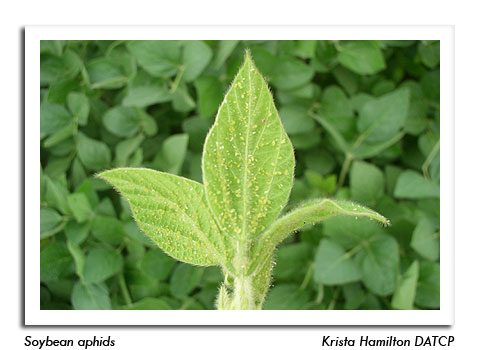
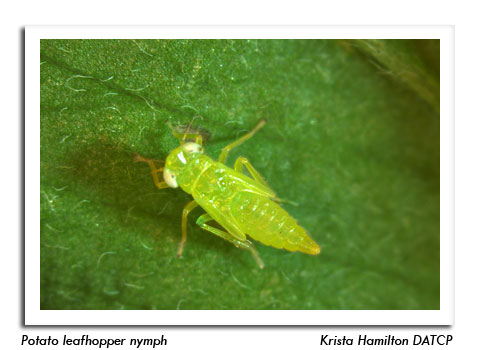
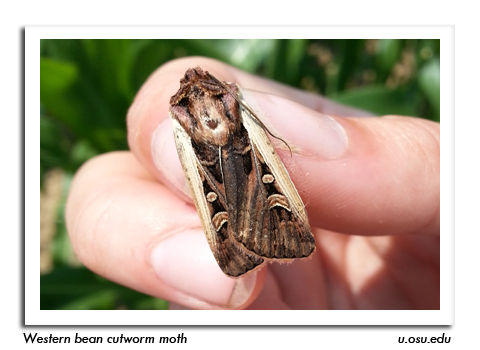
|
|
|